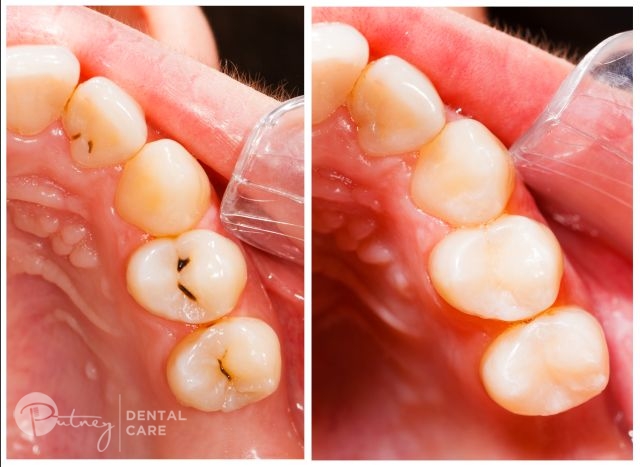Amalgam Fillings Repairs and Restore Teeth

Dental amalgam is used in Australia to repair and restore teeth every year. It is strong, long-lasting, not expensive and easy to use.
In recent years, there have been claims that the mercury in amalgam can cause slow poisoning because small amounts are released from the filling and can get into the blood, causing a variety of health concerns.

However, mercury compounds in amalgam are poorly taken up by the body. While small amounts of mercury from amalgam do get into the blood, they are removed by the kidneys and passed out of the body through urine.
Apart from amalgam, there are a number of other sources of mercury in our environment, including many foods such as fish. They cause no harm as long as the amounts are small.
There have been claims that removing amalgam fillings and replacing them with other materials may cure illnesses that are supposedly caused by mercury from amalgam. Although unproven, these claims have been widely spread in the media. As such, some people with amalgam fillings have been unnecessarily worried about possible side effects, and asked for replacing of these fillings. There are advantages to non-amalgam materials, however, they also have their disadvantages.
In short, amalgam is a safe and cost-effective material in many cases. The use of dental amalgam has been supported by many professional health organisations through the world, including the Australian Dental Association and the National Health and Medical Research Council. If you believe you have a health problem that may be linked to dental amalgam, tell your dentist or medical practitioner.
There are some known side effects to dental amalgam. A small number of people may have an allergic reaction in their tissue near the amalgam filling, causing swelling, redness or itching. There may also be small sores on the gums and inside of the cheek. These are called ‘lichen planus’ or ‘oral lichenoid reactions’.
Most dentists do not believe that amalgams are harmful to health. The treatment to replace a patient’s amalgam fillings may not be beneficial:
- It may unnecessarily damage or weaken teeth
- It may harm the person’s dental health
- It can be a waste of money
A dentist may be reluctant to remove such fillings if they believe it is unnecessary and harmful. If a patient insists on having amalgam replaced, the dentist may refer them to another dentist, or treat the patient after discussing costs, risks to teeth, oral health and general well being.
Removal of amalgam can be done by any dentist – there is no ‘specialist’ qualification in the removal of amalgam fillings. Similarly, all dentists are trained in the use of amalgam and non-amalgam materials to repair teeth.
It is your right to decide whether you want your amalgam fillings left in or taken out. You should not be pressured by a dentist or anyone else to have them replaced. If you are uncertain about your dentist’s advice, feel free to get a second opinion.
Dentures Important Instructions and Tips Cosmetic Dentistry – A Complete Guide to Dental VeneersLatest from the Dental Blog
 27 Nov 2017
27 Nov 2017
No Dental Care Issues? See Your Dentist Still
So you may not have a nagging toothache or need your wisdom teeth removed. As with most people, brushing your…
 09 May 2018
09 May 2018
Cosmetic Dentistry – A Complete Guide to Dental Veneers
We all want that perfect smile. But unfortunately, there are a lot of dental conditions that can affect your beautiful…
 16 Apr 2017
16 Apr 2017
What Causes Sensitive Teeth?
For some people, eating ice cream can make them feel a stinging sensation in their teeth. That same sharp pain…
